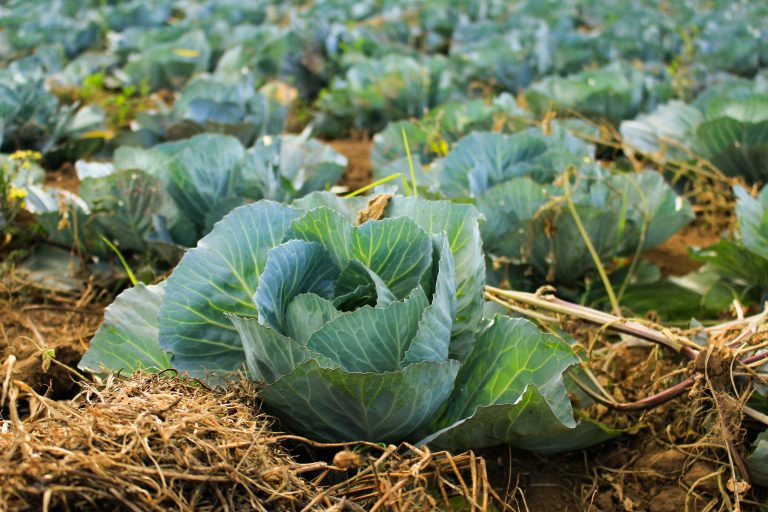With the cold fronts passing through the Western Cape this week, perhaps we could use this abundance of rain as a kickstarter to planting water-loving veggies.
These veggies thrive in water-rich environments, and while we can’t rely completely on rain, one could consider installing proper irrigation to ensure these wet soil lovers receive all the water they need to grow.
If you live in a waterlogged area, you may be interested in growing these water-lovers.
Here are 7 water-loving veggies to plant in your garden:
Cabbage
Cabbage is really a winter staple crop. Many growers love it for its dense, green leaves. This vegetable is great for growing near a river or in a waterlogged apartment.
As a result, this large green vegetable can be used in hearty soups or cabbage stew (or kool kos) for winter and is also often used to make coleslaw as a summer side dish.
Cauliflower
So, this vegetable can be used in a similar fashion to that of cabbage. And, it has a head similar to that of broccoli. Growers harvest cauliflower to use in a variety of dishes as it also provides a great alternative to meat and in vegan dishes. It is best to grow in waterlogged areas, much like cabbage.
Celery
This is a wet soil-loving vegetable, which grows to produce long stalks which can be harvested and eaten. You can grow these well enough in wet areas, the same as cauliflower and cabbage.
Spinach
Famous for its edible leaves, this is a plant well known for its water-loving nature. With green sprouting leaves, this is a great vegetable to grow through the winter.
Asparagus
Also known as sparrow grass, this perennial vegetable is grown for its edible flowering shoots, they require an area with slow-draining soil or a waterlogged environment to grow.
Watercress
This is a flowering plant similar to cabbage. You may want to grow it for its edible leaves. Growing this perennial vegetable alongside other water-loving plants for best results.
Garden pea
This is another vegetable which can be grown in waterlogged areas. It is grown and harvested for its edible fruits. You can typically cultivate this vegetable in the winter through to the early summertime.
ALSO SEE: Must-have medicinal plants for your winter garden
Feature image: Unsplash
A version of this article was first published in Garden&Home Magazine.

